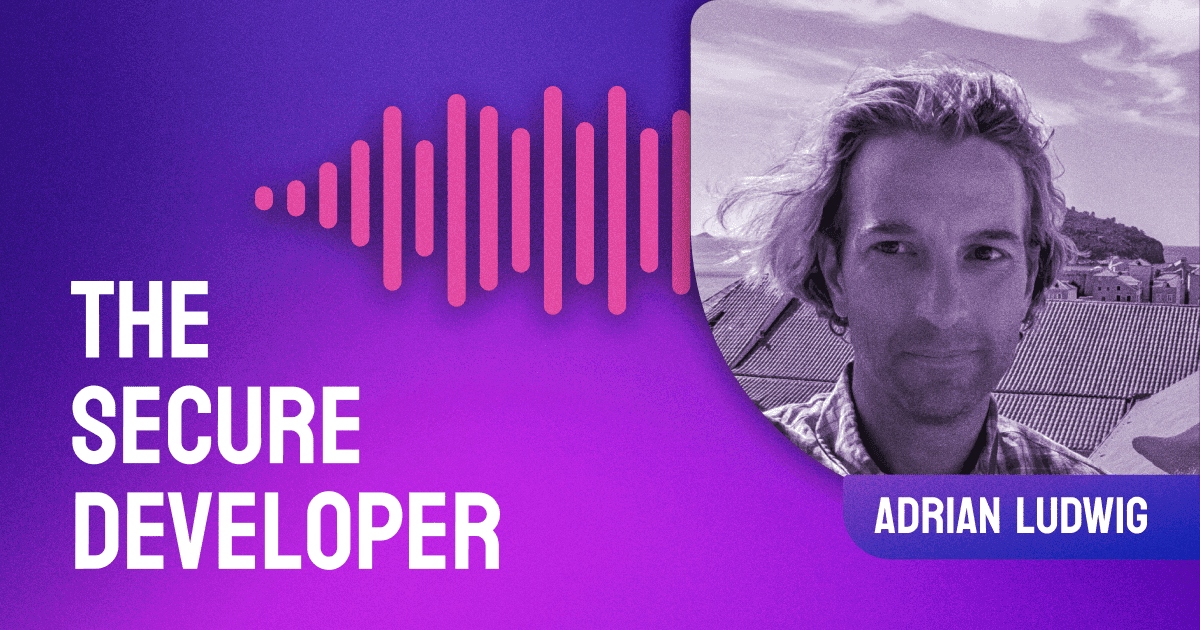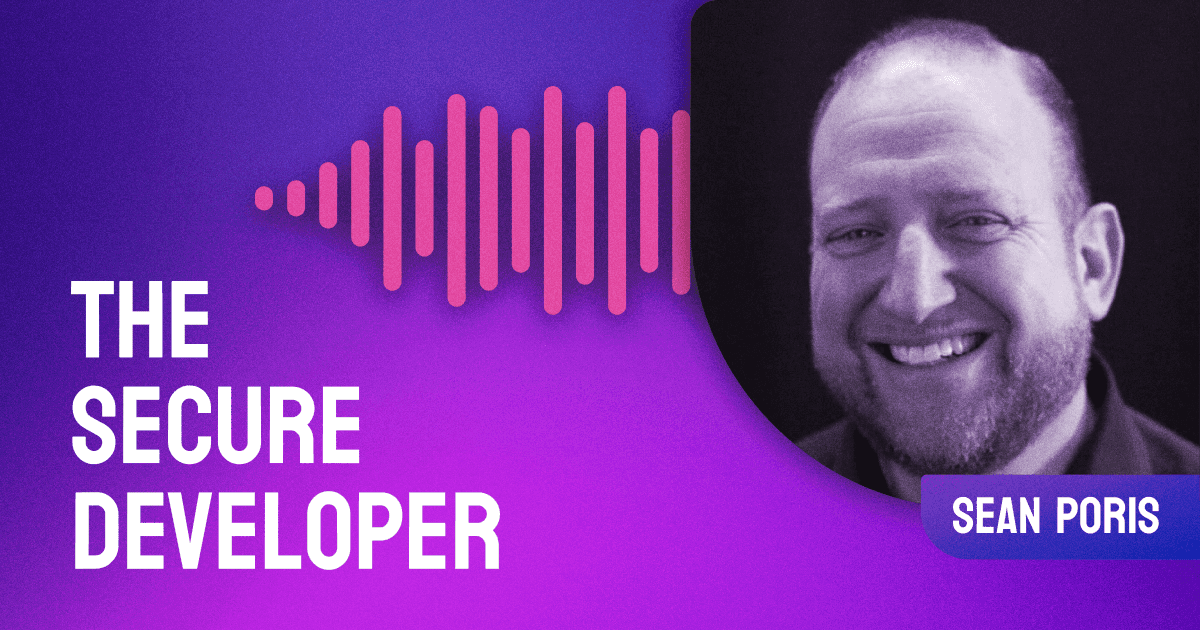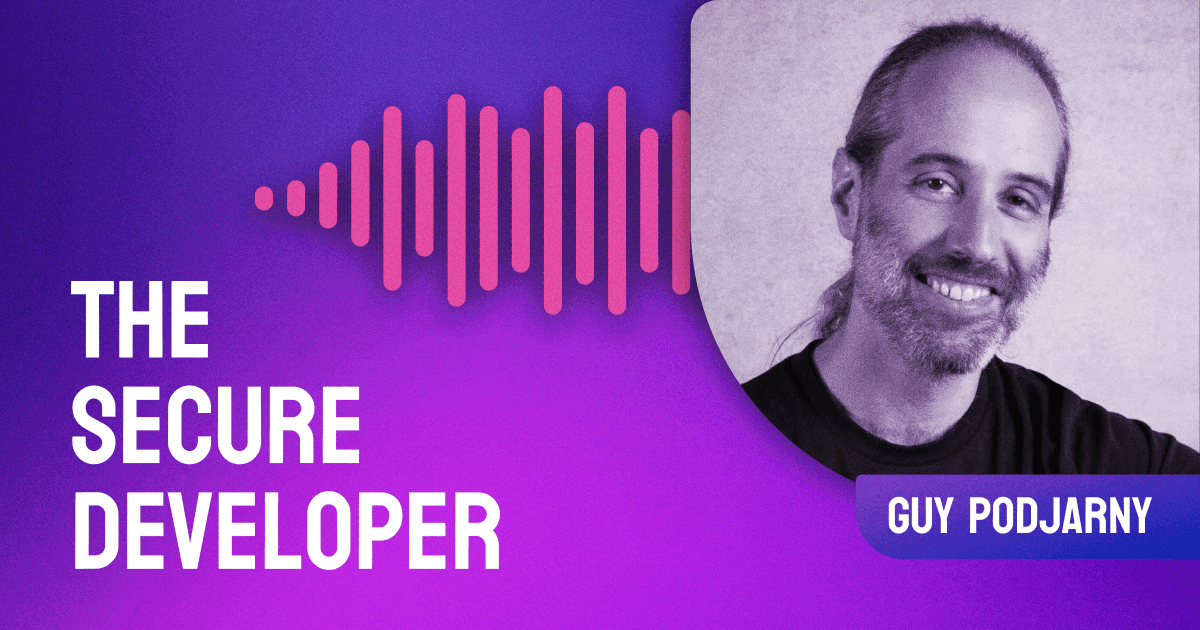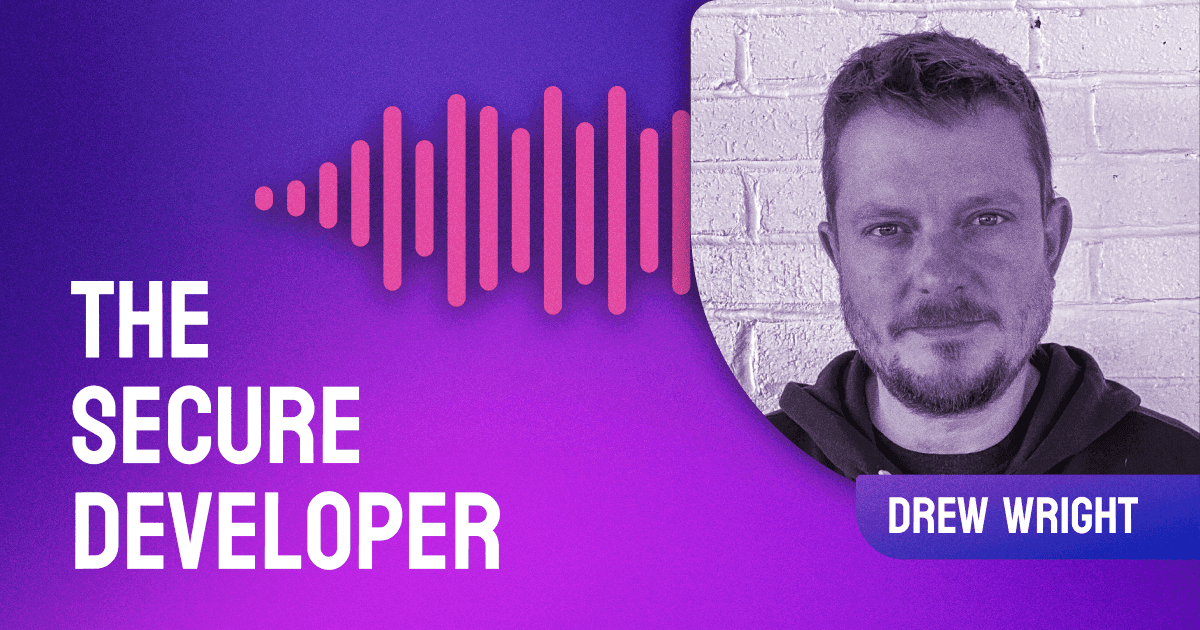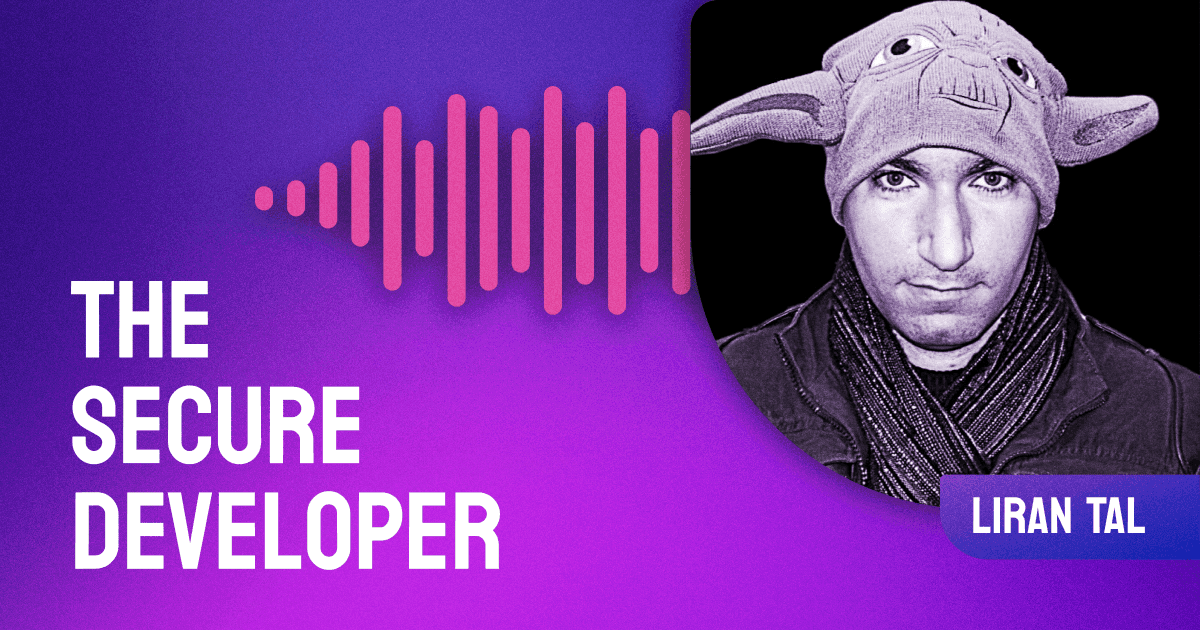Nicole is a cyber security journalist and has covered many high-profile cases, such as the Russian hacking of nuclear power plants, North Korea’s attacks on movie studios, and Chinese government-sanctioned cyber-attacks around the globe. She is also the author of This Is How They Tell Me the World Ends, which provides readers with details about the most secretive, government-backed market in the world, cyberweapons.
In this conversation, we learn why cybersecurity is such an essential topic for non-technical people, cyber security threats that exist within global supply-chain markets, and the definition of cyber hygiene. Hear some examples of high-profile cyber attacks, steps companies should take regarding cyber security, why cyber security stories rarely make headlines, and the human-behaviour element behind the problem. We also learn ways in which society and governments can act to overcome the challenges of cyber security, and what advancements are needed within the space. Tune in to learn everything you need to know about the undercover cyber threat and what you can do about it, with expert Nicole Perlroth!

